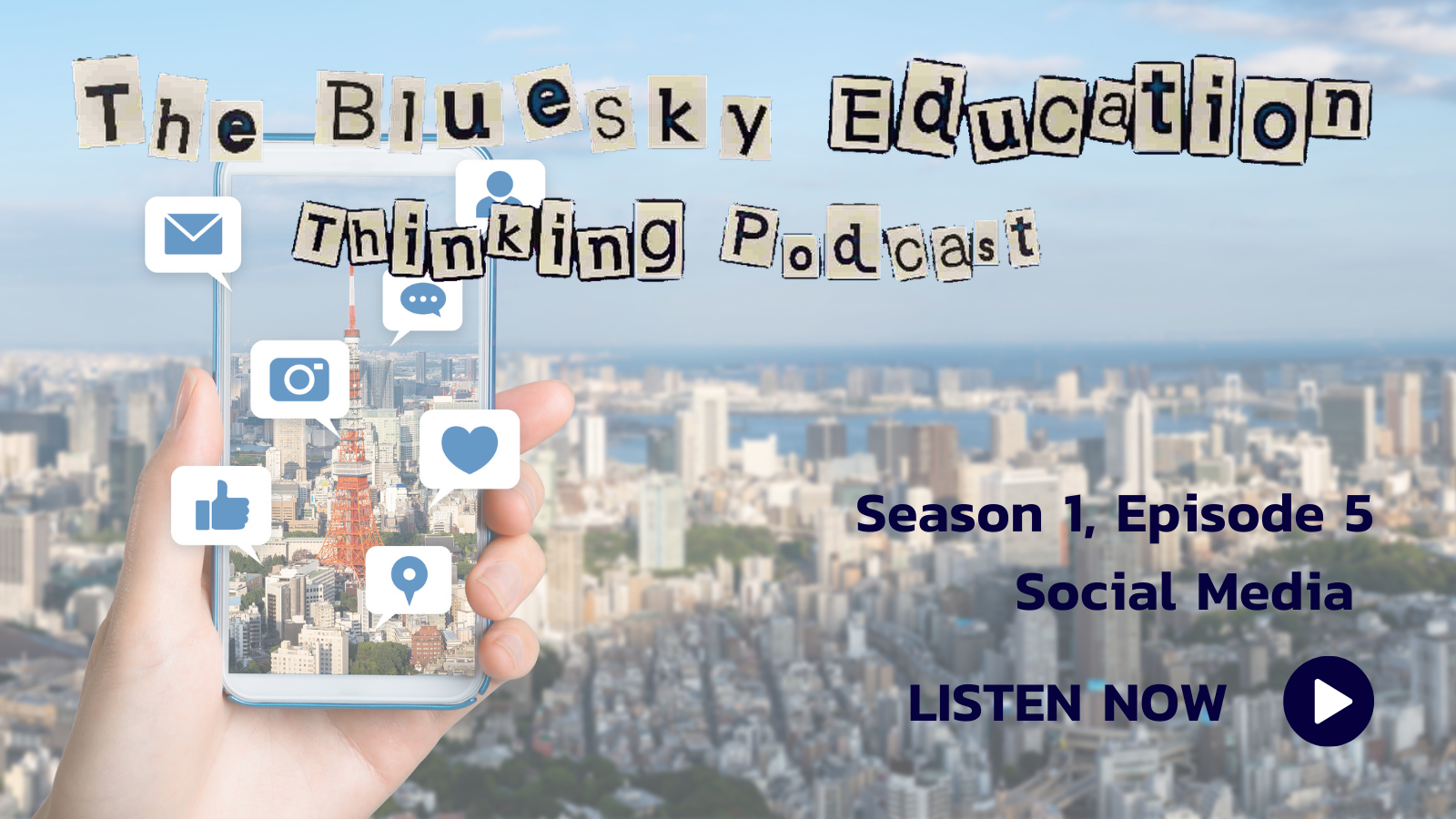According to HubSpot’s State of Marketing Report, 82% of marketers actively use content marketing to achieve their branding goals. Up 17% since 2020, content marketing is recognised by many professionals as an effective, tried and tested means of attracting, engaging and retaining new audiences and customers – and in the case of business schools, prospective applicants.
But as more and more organisations look to leverage the power of content marketing to support their goals, the challenge of standing out from the crowd only becomes more difficult.
For business schools, the biz-ed market is no exception to this trend. Content marketing has long-since found its way into the playbooks of marketing and communications teams at the world’s leading institutions. And as more schools invest time, effort and resources into optimising their content for external engagement, the competition for the best faculty, applicants and corporate partners only gets stiffer.
So, what can business schools do?
In an overly-saturated marketplace, and with only a finite number of prospective applicants, faculty and firms willing to partner each year, what can institutions do to break through the noise and grab the audience’s attention?
While it may seem like a statement of the obvious, the answer really is to make the most of your content. And there’s no way around it. You can spend as much money as you want on advertising and paid social, but if you’re content isn’t up to scratch, you won’t see the results you’re after. Creating truly engaging and captivating marketing communications is critical.
But what makes great content?
Diverse content, across a variety of formats
As a lover of traditional print media, I’m a great fan of a well-written and interesting article. And I’m not alone in my love of written content.
Whether its blogging, crafting an article for your institution’s website or media engagement, an engaging piece, shared widely on social media platforms – as well as through alumni channels – is a great way to capture the attention and interest of prospective applicants and faculty. Tapping into core institutional messaging, and plugging the programme you’re trying to market, or the research you’re keen to promote, an article is arguably the most frequently-used weapons in a professional’s content marketing arsenal.
BUT– written content, alone, is no longer enough to break through the noise. Any half-decent marketer or communications professional will you tell you as much.
No, we live in a world in which a large proportion of the population get most of their daily information via social media. This gives platforms such as Instagram, Twitter and TikTok serious marketing/influencing power. Institutions need to take advantage of this.
Videos, podcast recordings, visual content – the list goes on. Schools must look to harness the power of messaging formats that, while only offering a snippet of information – especially when compared to an entire article – reach a far wider audience when shared on social media.
But that begs the question – why not stick with the articles, and simply share them on social media? It seems the ideal solution: it gives the reader all the content they need to really start considering studying at, working for, or partnering with your school, and reaches a huge audience thanks to social media.
But, when given the choice between watching a 20 second video, or reading a 3-4-minute-long article, social media users are likely to go with the video. So, while institutions should most definitely be sharing all of their content on social media – including articles crafted for content marketing purposes – they must be aware what kind of content users will be most receptive to.
Which leads me to second point…
Content that’s created with your target customer base in mind
Just as you need to think about what kind of format will be most effective in capturing the attention of your target audience, the actual content itself must also be crafted with your desired customer base in mind.
If you look at the messaging of the world’s most oversubscribed business schools, no matter how generic it may look, you’ll see one thing: content that targets a specific demographic. Whether you’re trying to push your new Online MBA programme, and so are targeting mid-career professionals, or are looking to forge more corporate partnerships for your Exec Ed offering, and so are keen to engage organisations in, say, the financial services sector – the messaging will reflect that.
And that won’t be difficult. Creating engaging content that resonates with your target market shouldn’t be much of a task as, ultimately, the product you’re looking to market should reflect the career/educational goals of that group.
--
As HubSpot’s State of Marketing report highlights, content marketing plays a huge role in business school marketing and communications strategies. But, as it continues to become more widely used, the need for effective content only grows. Creating engaging content for marketing purposes may feel like an overwhelming task, but if done well it can make the different between setting your institution apart from the rest, and simply being drowned out in the crowd.







